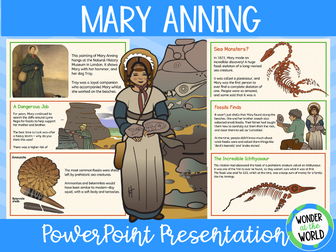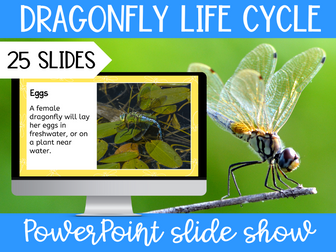
Food chains cut and paste foldout activity KS1 science for rainforest ocean woodland habitats
Want a fun and engaging way to teach food chains at KS1? This sequencing science craft activity is hands-on alternative to a food chains worksheet. Children can construct a 4-stage food chains for 3 different habitats - a woodland, ocean/sea and a rainforest.
For each habitat, there are 4 options included:
Colour the pre-designed template, with animals and plants already included, cut out the template, and fold.
Colour the food chain, sequence the animals/plants to show who eats who, glue them onto the template, cut and fold.
Children draw their own food chain on a black and white template, cut and fold.
Pupils draw their own food chain on a pre-coloured template, cut and fold.
Once folded, pupils can hide their food chain by bringing the 2 halves of the template together, then gently pull apart to reveal the inside.
There is minimal prep required. Print the designs you plan to use on paper or card. Pupils need coloured pencils and scissors. One template in each habitat set requires glue.
Instructions for how to fold are included (you may wish to make an example beforehand for those who might find folding tricky).
This resource is 17 pages long and contains a version for both UK and US paper sizes.
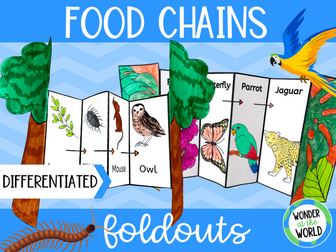
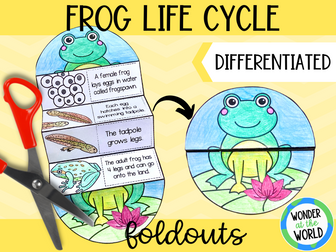
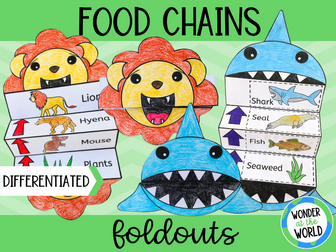
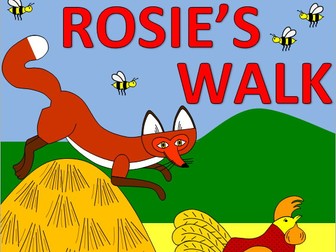

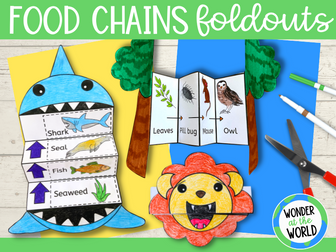



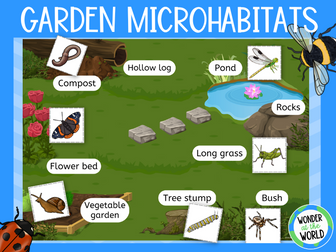
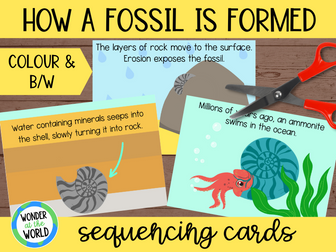
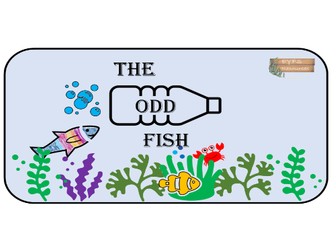

![The Ultimate P4C Resource Pack [Philosophy for Children]](https://l.imgt.es/resource-preview-imgs/912c7712-554e-41c9-a1a9-7a7c29b5055a%2FBUNDLECOVERP4C.jpg?profile=res-img-med-legacy-v2)

